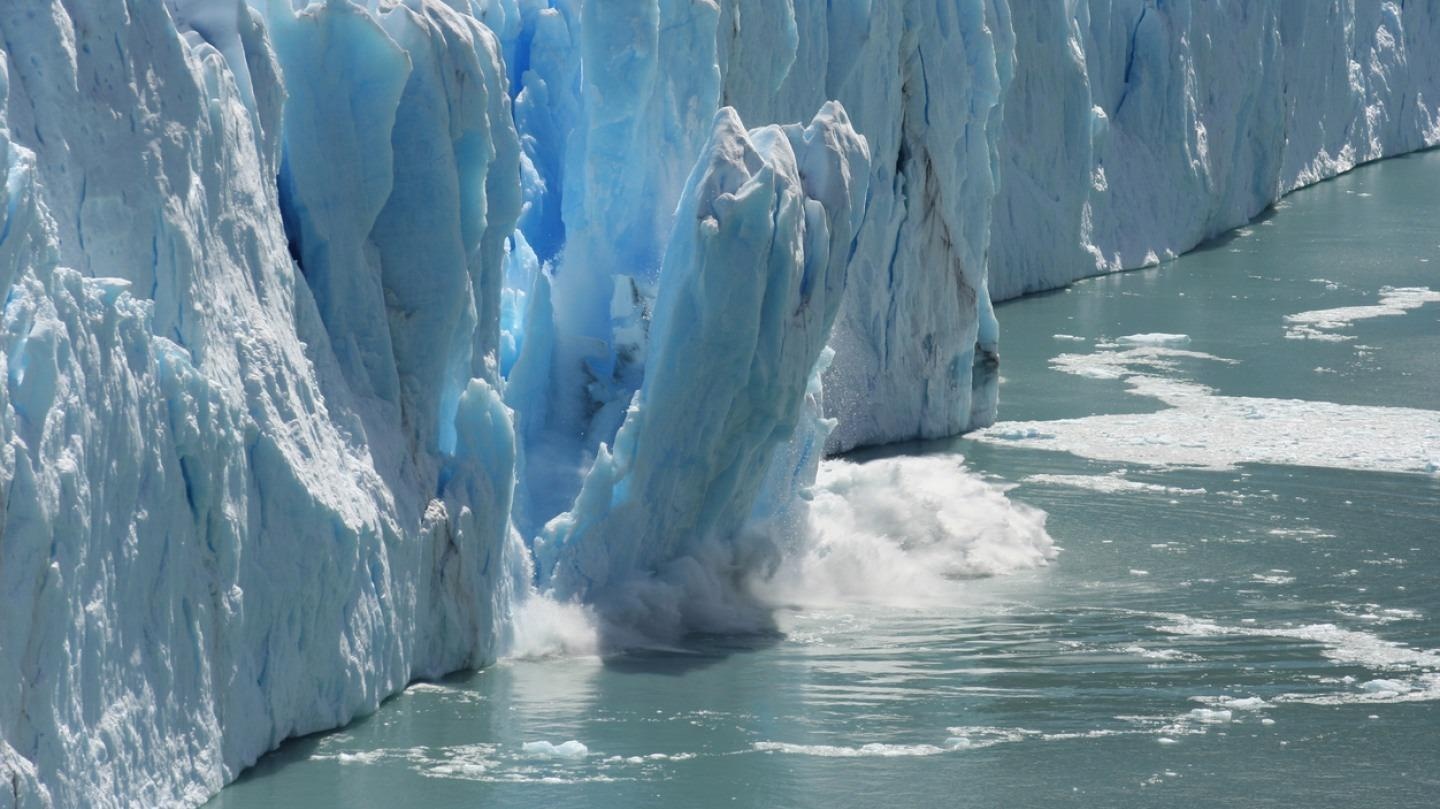Jan 5 2021
Changes in the planet’s climate are mainly indicated by sea ice. Scientists from Brown University have made a recent discovery that could offer researchers a new way to rebuild the data related to the abundance and distribution of sea ice from the ancient past. This method could help interpret human-induced climate change that is currently taking place.

Image Credit: Brown University.
In a new study published in the Nature Communications journal, the team demonstrated that an organic molecule usually found in high-latitude ocean sediments, called tetra-unsaturated alkenone (C37:4), is created by one or more previously unfamiliar species of algae that live in ice. As the concentration of sea ice ebbs and flows, the algae related to sea ice and the molecules left behind by these species also follow suit.
We’ve shown that this molecule is a strong proxy for sea ice concentration. Looking at the concentration of this molecule in sediments of different ages could allow us to reconstruct sea ice concentration through time.
Karen Wang, PhD Student and Study Lead Author, Brown University
For years, scientists have used other kinds of alkenone molecules as proxies for sea surface temperatures. At varying temperatures, algae that survive on the sea's surface make various amounts of alkenones called C37:2 and C37:3.
To predict past temperatures, investigators can use the ratios between these two molecules present in sea sediments. For a long time, C37:4—which is the focus of the latest study—has been regarded as a slight issue for temperature measurements. C37:4 appears in sediments collected from closer to the Arctic Ocean, throwing off the C37:2/C37:3 ratios.
That was mostly what the C37:4 alkenone was known for—throwing off the temperature ratios. Nobody knew where it came from, or whether it was useful for anything. People had some theories, but no one knew for sure.
Yongsong Huang, Professor, Department of Earth, Environmental and Planetary Science, Brown University
Huang is also the principal investigator of the National Science Foundation-funded project.
To understand this, the team examined sediment and seawater samples that contain C37:4 collected from icy locations around the Arctic. The researchers used the latest DNA sequencing methods to detect the organisms present in the samples.
That study provided formerly unfamiliar algae species from the order Isochrysidales. The team subsequently cultured these new species in the laboratory and demonstrated that they were certainly the ones that produced an unusually high abundance of C37:4.
The following step was to observe whether the molecules left behind by the ice-dwelling algae could be utilized as a consistent sea ice proxy. To achieve that, the team looked at C37:4 concentrations in sediment cores from various spots in the Arctic Ocean close to the existing sea-ice margins.
In recent times, it was known that sea ice in these locations has been extremely sensitive to regional temperature variation. The study found that maximum concentrations of C37:4 took place when ice was at its peak and the climate was coldest.
The maximum concentrations dated back to the Younger-Dryas, a time of extremely cold and icy conditions that took place approximately 12,000 years ago. The study found that C37:4 was sparse when the ice ebbed and the climate was at its warmest.
The correlations we found with this new proxy were far stronger than other markers people use. No correlation will be perfect because modeling sea ice is a messy process, but this is probably about as strong as you’re going to get.
Yongsong Huang, Professor, Department of Earth, Environmental and Planetary Science, Brown University
Huang is also a research fellow at the Institute at Brown for Environment and Society.
According to the researchers, the new proxy has some more benefits when compared to others. Another technique for rebuilding sea ice involves searching for fossil remains of diatoms, which are another type of algae.
However, that technique turned out to be less consistent further back in time because fossil molecules can decompose. Moreover, molecules such as C37:4 tend to be more strongly preserved, rendering them possibly better for reconstructions over time than other techniques.
The team has planned to further study these novel algae species to figure out how they become embedded in sea ice, and how they generate this alkenone compound. The algae species seem to dwell in brine bubbles and channels within sea ice, but it may also bloom soon after the ice melts. Interpreting such dynamics will allow the team to better calibrate C37:4 as a sea ice proxy.
Eventually, the investigators believe that the new proxy will provide a better insight into the dynamics of sea ice through time. That data would enhance models of past climate, which would make for more improved predictions of upcoming climate change.
Other co-authors of the study were Markus Majaneva, Simon Belt, Sian Liao, Joseph Novak, Tyler R. Kartzinel, Timothy Herbert, Nora Richter, and Patricia Cabedo-Sanz. The study was financially supported by the National Science Foundation.
Journal Reference:
Wang, K. J., et al. (2021) Group 2i Isochrysidales produce characteristic alkenones reflecting sea ice distribution. Nature Communications. doi.org/10.1038/s41467-020-20187-z.